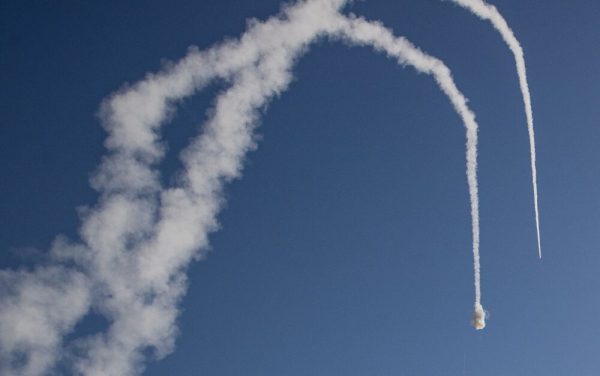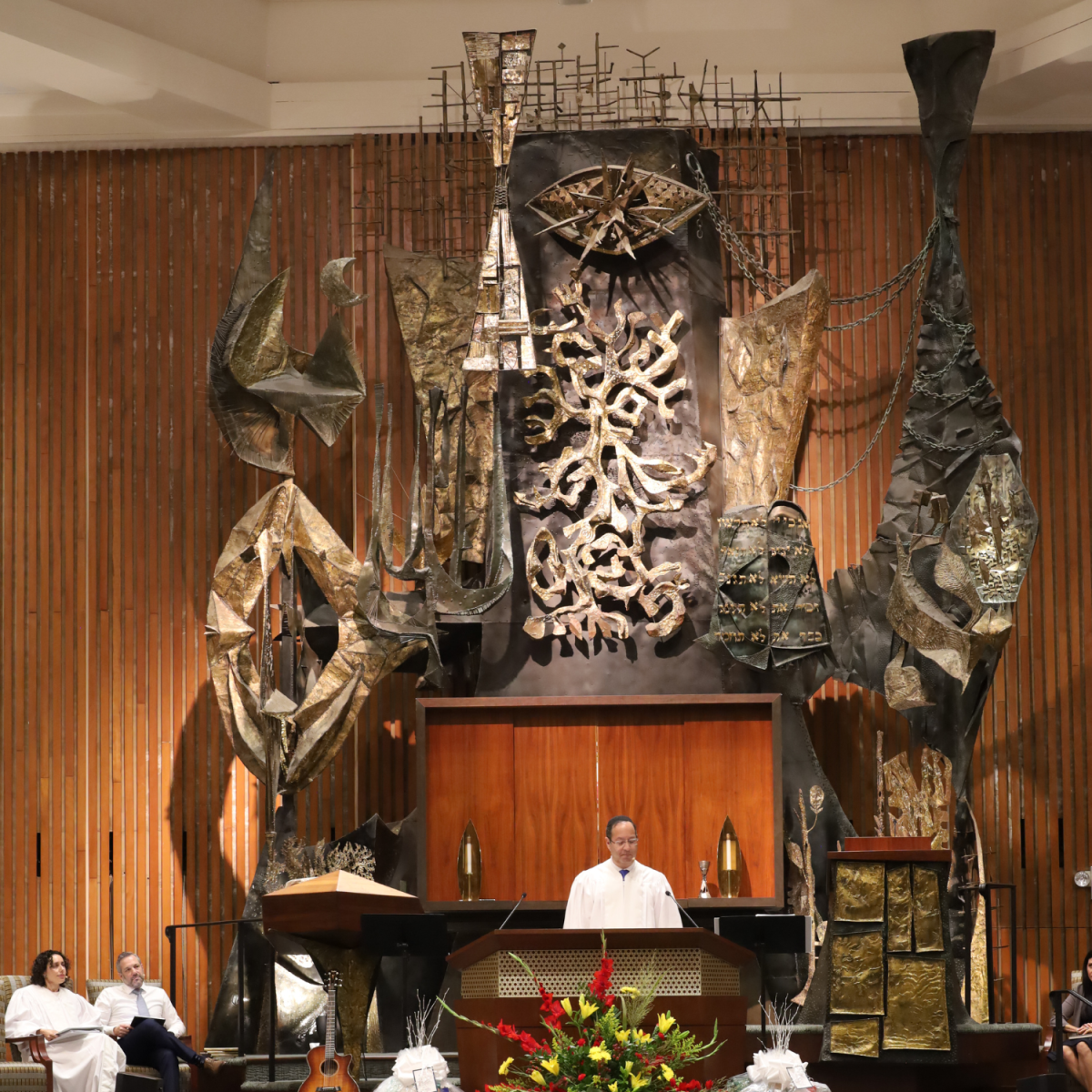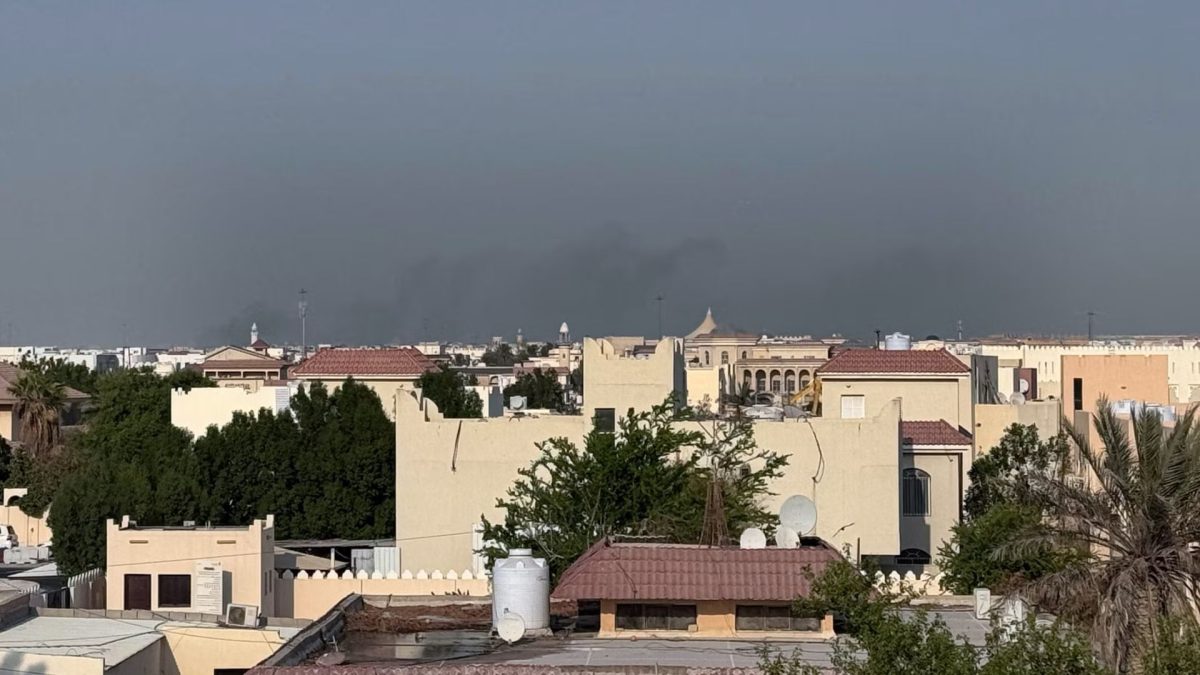The current round of violence between Israel and Iran, as well as Hamas in the Gaza Strip erupted with a literal boom as rockets and drones were fired from Iran toward Israel.
They set off rocket attack sirens that have become the soundtrack of the past week, accompanied by the booms of Iron Dome, the air defense system whose interceptor missiles have been regularly blowing up incoming rockets and turning the night sky into a bizarre, firework-like display.
Although Iron Dome has been in use since 2011, it is this most recent conflict that has exposed its amazing capabilities to the Israeli public. As heavy rocket fire reaches multiple and widespread locations across the country, many citizens are breathing much easier knowing that they are under the protection of this wonder.
ADVERTISEMENT

Here is everything that you need to know about it.
- At first, many were skeptical about it
When Brig. Gen. Daniel Gold first proposed his idea for Iron Dome, he faced strong criticism that required a lot of nerve to overcome. Luckily, he managed to convince the country’s top brass of the advantages of his concept of air defense.
“My incentive was saving human lives,” he told ISRAEL21c a few years ago. “I saw what was going on and I said to myself, with all the technology that exists in Israel we must use it to protect human life. We will find a way. It always takes the political and military echelons a long time to think about what they want to do, and in the meantime we started to create a solution.”
2. It provides protection against nearby threats
One of the reasons so many people were skeptical about Iron Dome was the type of threat that it was meant to protect from – short-range and low-tech rockets.
ADVERTISEMENT
According to Rafael, the defense-sector corporation that developed it, Iron Dome works against mortars, artillery shells, rockets, unmanned aerial vehicles, helicopters and more. In fact, the current conflict saw Iron Dome intercept a UAV, the first operational interception of its kind in the world.
- Like all things in the Israeli army, it’s made up of three parts
Iron Dome batteries are made up of three parts: a radar, a control center and interceptor missiles. The radar recognizes when a rocket is launched, while the control center quickly calculates its flight path. If it estimates that the launch will prove dangerous, the interceptor missiles are launched to detonate the rocket before it gets too close to its target, resulting in streaks of light and deafening booms.





















